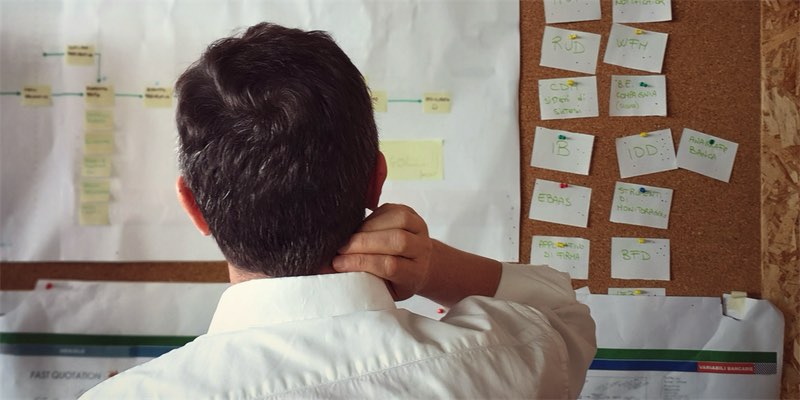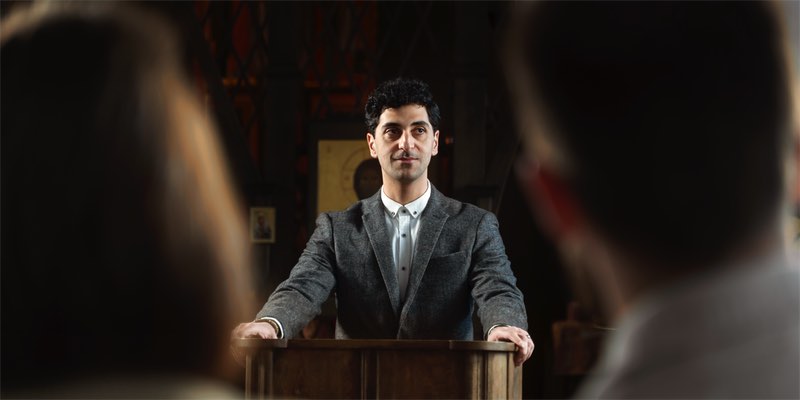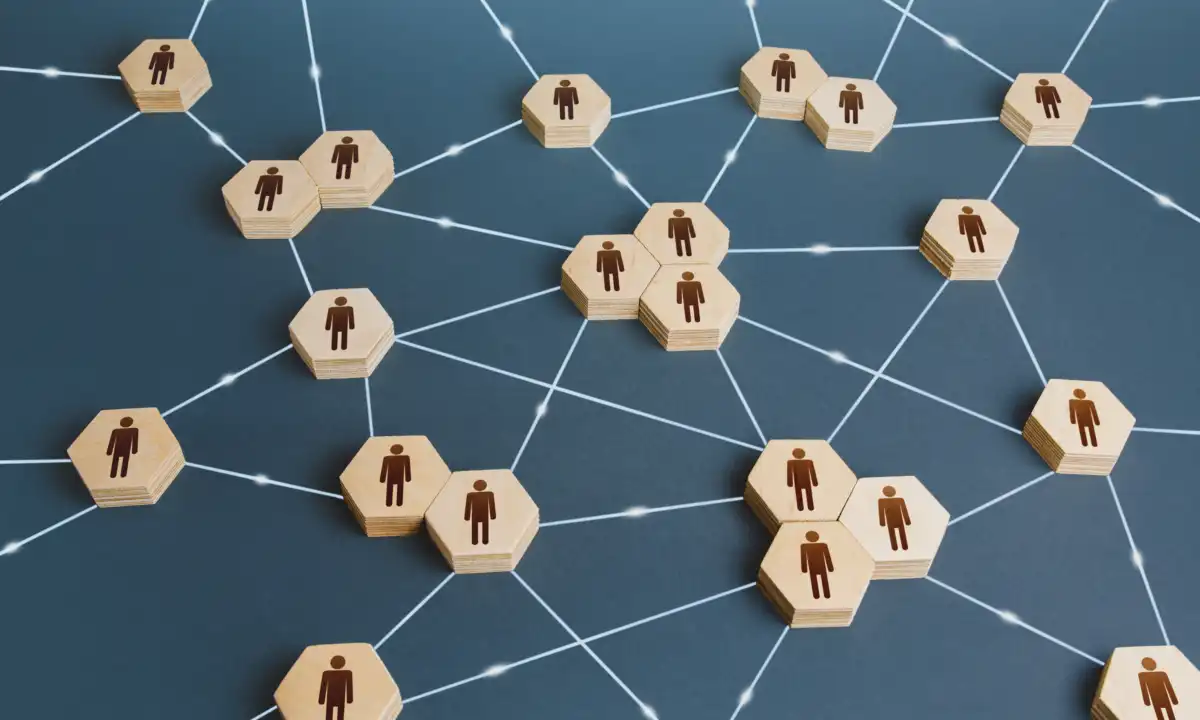We all communicate in one way or the other. We speak, write, and use body language to get our message across. However, effective communication is about more than just getting a message across. It is about understanding the message, making sure it is properly understood, and responding in the most appropriate manner.
But what is the difference between communication and effective communication?
How can we make sure that we are sending and receiving messages in the most effective way?
And how do we measure the effectiveness of communication?
In this blog, we explore the answers to these questions and more, examining the difference between communication and effective communication, and looking at some tips on how to become a better communicator. So let's start by taking a look at the definition of effective communication.
What is communication?
Communication is the act of exchanging ideas, information, feelings, and opinions between two or more people. It is the main tool that we use to interact with each other in order to understand each other's perspectives and points of view. Communication can take many forms, from verbal conversation to more subtle exchanges such as body language, facial expressions, and gestures. The ability to communicate effectively is an essential life skill that we must master in order to build successful relationships with those around us.
Communication begins with understanding the sender's message. This involves decoding the message into meaning and then understanding the intent behind the sender's words. It also involves actively listening to the sender's point of view and responding with respect and empathy. In turn, the sender should be mindful of the receiver's feelings when articulating their own thoughts and feelings.
The five main types of communication are verbal, nonverbal, written, visual, and listening.
- Verbal communication consists of speaking and writing.
- Nonverbal communication includes facial expressions, body language, and gestures.
- Written communication is used to record and document conversations.
- Visual communication uses images, diagrams, and illustrations to convey messages.
- Listening is a type of communication too, as it requires active engagement and understanding of what the speaker is saying.
Effective communication takes practice and involves both sides of the interaction. It encourages meaningful dialogue, where both parties can express themselves honestly and openly without fear of judgment or criticism. With effective communication, we can build better relationships and foster understanding between individuals and groups.
What is good or effective communication?
Good or effective communication is the sharing of ideas, thoughts, opinions, knowledge, and data between two or more people in a clear, concise, and meaningful manner. It involves understanding and acknowledging the message sent by the sender and making sure that it is interpreted correctly by the receiver. It is important for successful conversations and relationships.
Good communication requires both parties to be actively engaged in listening, understanding and responding to each other's words. This means being aware of non-verbal cues such as body language and facial expressions, as these can also convey a lot of information. It also means being able to interpret the meaning behind another person's words and to be able to clearly express your own thoughts and feelings in a way that will be understood.
In order to have effective communication, there are several components that need to be taken into consideration.
- The first is context - the setting or situation in which the conversation is taking place.
- Then there is the sender of the message who has to be clear and concise in their words.
- The receiver has to be able to interpret and decode the message. The medium used for transmitting the message also needs to be appropriate for the type of communication - this could be verbal, written, digital, or non-verbal.
- Finally, feedback from the receiver is essential in order to ensure that the message was understood correctly and to confirm that communication has taken place.
Effective communication has many benefits, both in personal and professional settings. It helps to build trust and loyalty between team members, enhances engagement, improves teamwork, increases productivity, and resolves issues. It also promotes innovation and encourages better customer relationships.
Difference between the communication and effective communication
Communication and effective communication are two related concepts, but there are differences that set them apart. This section will discuss the difference between communication and effective communication.
1. Audience
Communication is essential to society today, but having effective communication is even more important. Communication can be either one-way or two-way, meaning the ideas being shared are moved from the speaker to the listener, or in a two-way format both the speaker and listener share ideas and communicate with each other.
For communication to be considered effective, it's essential for everyone involved to understand and process the message that was shared. Many techniques such as active listening, avoiding distractions, and using a friendly tone of voice have been suggested as ways of useful communication.
Practice is an important factor in building effective communication skills since mistakes may help us grow and develop these skills over time. All in all, learning to effectively communicate can improve our relationships both personally and professionally.
2. Context
Communication is essential for successful functioning at home, in the workplace, and on a wider social level. Without it, we would be unable to effectively interact with one another or develop meaningful relationships and understanding.
But the conversation does not always guarantee effective communication - for this to occur, context is critical. Effective communication ensures clarity of intent, allowing us to move forward in a given situation alongside others and hold each other accountable.
Making space for opportunities to accurately convey messages is an important part of enabling healthy interactions, while also avoiding misinterpretation or ambiguity. Context can thus enhance our verbal and non-verbal engagement with others, and provide the space needed for strong and clear communication that helps us establish meaningful connections with those around us.
3. Clarity
Strong communication is essential for any successful interaction between two people, whether it be professional or personal. As we all know, communication can often contain ambiguities, resulting in messages that are open to interpretation and can eventually cause miscommunication. Despite its imprecise nature, communicating through words alone can still build relations with people to a certain extent.
Contrasting this, effective communication offers more than just basic verbal exchanges and requires clarity – precision in terms of a speaker’s words and thought processes – as well as a level of understanding by both parties involved in the conversation. It is ultimately this type of communication that should be used when building successful relationships or networking with others.
4. Intention
Communication is an essential part of our professionalism, and being able to effectively communicate important messages is not only critical but also invaluable in many situations. Effective communication requires intentionality, meaning that the sender must be aware of what they are sending across and how it will be interpreted by their audience.
While generic forms of communication may lack this specific intention and can instead just be used for conversations, effective communication does not rely solely on words and utilises nonverbal cues like direct eye contact, posture, gestures, and facial expressions in order to further ensure the understanding of the message by its recipient.
For example, a manager may express their approval or disapproval about a particular task through their body language as much as through actual spoken words. Therefore, although both forms of communication play an integral role in professional settings, effective communication ultimately proves more beneficial as it ensures that the intended sentiment is clear and understood.
5. Tone
Communication is an essential part of human interaction, but effective communication must include correctly conveying a message in a clear manner. Ambiguous communication can often lead to poor understanding and a breakdown of trust.
An aware sender must be aware of the tone used when communicating with others in order to ensure that the recipient interprets the message correctly. Tone can convey subtle yet important information - when conversing professionally, using a polite and patient tone indicates respect for the other person and this should be kept in mind at all times.
Effective communication should also provide clarity while still allowing plenty of room for discussion and further explanation if needed. This will avoid conflicting interpretations or assumptions, as well as any potential miscommunication.
6. Body Language
Communication is a central part of our lives, intricately intertwined with almost every social interaction.
Communication does not require body language and can consist of words alone for it to be considered "complete," but effective communication requires an additional level of awareness and understanding that goes beyond spoken words. Body language plays a major role in effective communication, as it provides essential cues into the concealed meaning behind what is being said.
Without taking body language into account when communicating, it may be difficult to accurately understand the sender's underlying intentions or emotions, leading to a breakdown in communication. To become outstanding communicators, we must factor our body language into conversations and strive towards positive outcomes through active listening.
7. Listening
While communication is essential in the workplace, the distinction between simply communicating with someone and having effective communication is crucial to understand.
Effective communication requires both parties to make the effort to actively listen and be open-minded while engaging in dialogue; this includes considering the other person's viewpoint and being respectful of their ideas. On the other hand, talking to someone without listening or acknowledging their thoughts or ideas does not equate to effective communication as it creates an unproductive conversation that usually leads nowhere.
Consequently, it is important to make an effort when communicating with others by being willing to consider their opinion and being engaged in the entire conversation--which ultimately results in successful conversations and relationships.
8. Nonverbal Cues
Effective communication goes beyond simply sending out a message - it demands an awareness of nonverbal cues. A simple conversation can easily become muddled if the person sending the message does not take into consideration how the other party will respond. Nonverbal cues such as facial expressions, body language, intonation, and vocal pitch are all important components in effective communication exchanges.
Without considering these nonverbal effects, communication can get lost in misunderstanding because there is no nuanced way of conveying emotion or intent. On the other hand, communication is much simpler - it only requires that one side send a message to another. This type of dialogue carries with it virtually no expectations and allows for more direct engagement.
However, this kind of conversation is much less likely to be received in a meaningful way since the unknown sender has essentially removed any opportunity for creating trust through mutual understanding. Effective communication demands a more thoughtful approach and therefore provides better results in many situations.
9. Feedback
Good communication is important for all kinds of interactions, and it is the cornerstone of successful relationships. However, effective communication goes beyond simply conveying information - it requires a two-way dialogue between speaker and listener in order to ensure that the intended message has been successfully received.
Unlike simple communication, which does not require a response from the audience, effective communication relies on insight and feedback from both parties and involves addressing potential misunderstandings or miscommunications.
Properly engaging in an effective communication exchange is key to creating trust between individuals or within a team, promoting understanding, and ultimately delivering desired results.
10. Confidence
In today's world, communication is more important than ever before. From talking to coworkers and clients to engaging with family and friends, the ability to communicate successfully makes all the difference in how we interact with the world around us.
Communication is simply the act of exchanging information or ideas, but effective communication requires something extra – confidence. When someone has a clear and confident message that they are expressing with their voice, body language, and/or written words this can help ensure that their message is heard.
Confident communicators take ownership of not just what they've said, but also how it's been received by the receiver. Ultimately, being aware of both communication and effective communication helps us cultivate relationships with ourselves and those around us more effectively.
Wrapping It Up
Communication is the process of sharing information, ideas, and thoughts from one person to another. It can be verbal or non-verbal, written or spoken.
Effective communication, on the other hand, is the ability to convey a message in the manner intended by the sender, with the recipient understanding the same message. To achieve this, it is important to remove any barriers to effective communication, such as assumptions made about the parties involved.
Effective communication and miscommunication are both common in the workplace. Additionally, techniques such as active listening and being mindful of body language can help improve communication skills. Lastly, timing and beginning and ending powerfully are key elements to effective communication. With these steps, individuals can become better communicators and take their relationships to the next level.
Useful Resources: Assertive communication meaning | The seven c's of effective communication | Communication skills and personality development




















